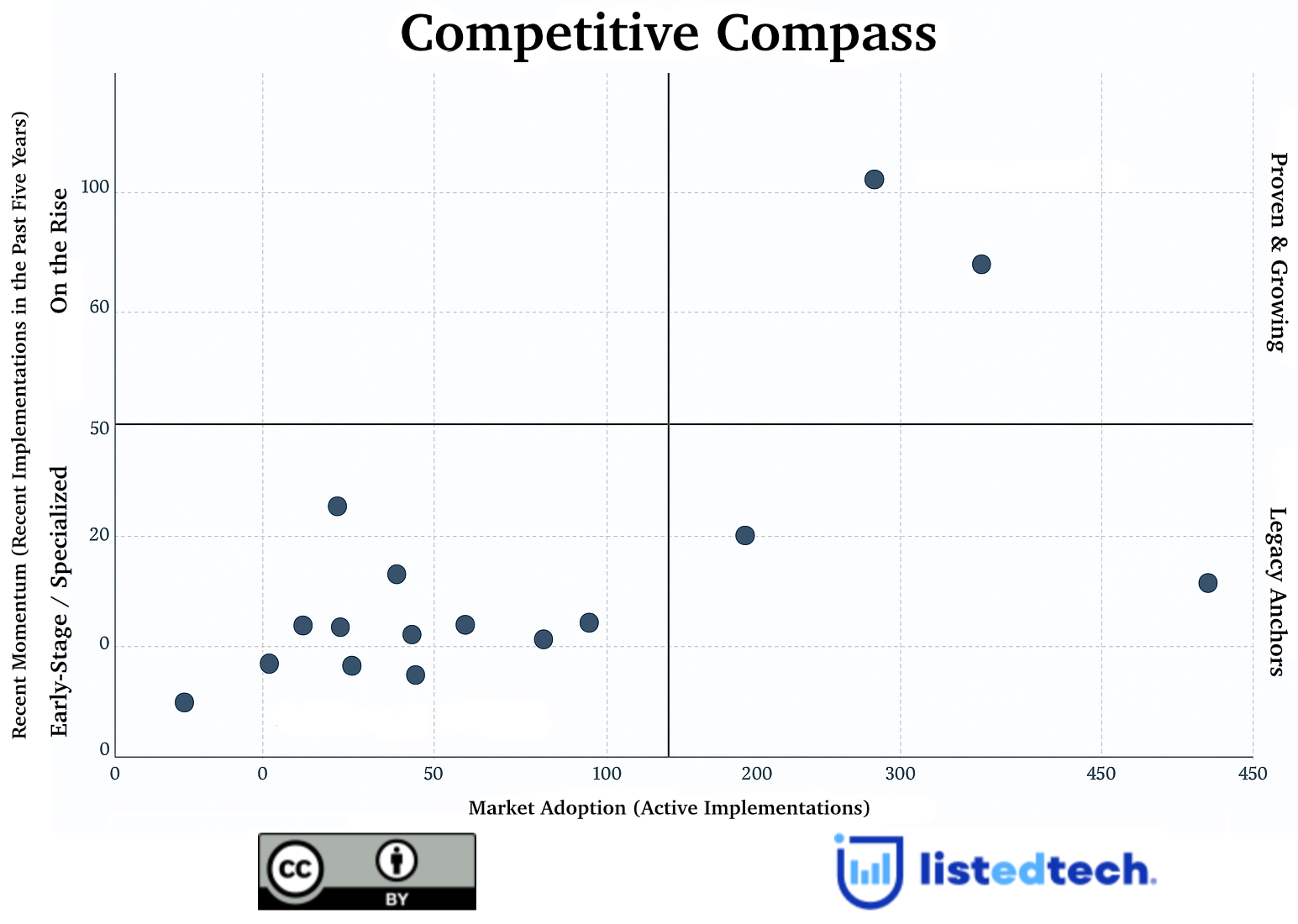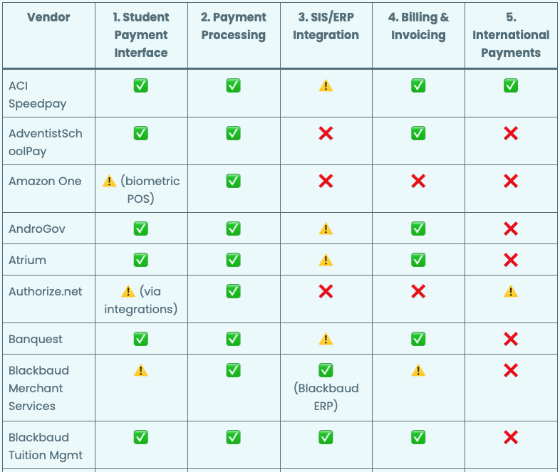
Education is becoming an increasingly complex and demanding sector for those attempting to run successful businesses. Across much of the world, educational institutions are expected to produce better outcomes with reduced resources and fewer funds. This is where business intelligence (BI) software can be helpful in analyzing student enrolment data or graduation rates, for instance.
The challenge of satisfying the expectations of parents, students, watchdogs, and governmental authorities is growing daily. Performance analysis and action planning have traditionally been time-consuming activities with heavily associated manpower and resource requirements.
Educational institutions are becoming increasingly demanding – both in terms of running schools as a business and providing the resources to educate young minds. To minimize this burden and benefit from actionable insights to improve both academic performance and business function, HigherEd has begun turning to business intelligence systems.
Definition and Main Features
BI systems collect and analyze data from various sources within a college or university, providing real-time performance dashboards, automated reporting, and interactive data visualizations to aid decision-making processes in higher education institutions.
In most instances, these institutions choose to implement such solutions to access important facts about their business and reduce overall management complexity. These benefits ultimately contribute to an enhanced educational experience for students of all ages.
Business intelligence solutions enable educational institutions to foster a broad culture of data-driven decision-making. At the same time, it helps school administrators to easily identify trends, map out plans of action and ultimately ensure both academic and organizational objectives.
History
Business intelligence software has been used in higher education for several decades. The first BI solutions were developed in the 1980s and were primarily used in the corporate world. However, as universities and colleges began to realize the value of data analytics and the need to make informed decisions based on data, they started implementing BI software to support their operations.
In the 1990s, universities and colleges began using data warehousing techniques to consolidate their data from various sources into one central repository. This allowed for more efficient data analysis and reporting. With the advent of web-based technologies in the early 2000s, BI software became more accessible and user-friendly, making it easier for non-technical staff to use.
One of the earliest examples of BI software in higher education is the Integrated Postsecondary Education Data System (IPEDS), which was developed by the National Center for Education Statistics (NCES) in the 1990s. IPEDS collects data from every college, university, and technical and vocational institution participating in federal student financial aid programs.
Over the years, other BI software solutions have been developed specifically for the higher education sector, such as Oracle’s Higher Education Analytics solution and IBM’s Cognos Analytics for Higher Education. These solutions are designed to help universities and colleges make data-driven decisions related to enrollment, student retention, faculty productivity, and financial management.
Today, BI software is an essential tool in higher education, providing universities and colleges with real-time insights and analytics to help them make informed decisions and optimize their operations.
Advantages of a Business Intelligence System
- Academic Outcomes and Student Experience: Strategic use of business intelligence can significantly improve the student experience and make a measurable difference to overall academic outcomes. Student performance and subject preference trends can be monitored and analyzed, allowing for adjustments to curriculum delivery strategies and general teaching methods.
This is important as performance, retention, and satisfaction of students are measures of success for educational institutions. Business intelligence software can help institutions run more successfully, but such efforts should ultimately be geared toward the success of the students they educate. - Administrative Efficiency and Effectiveness: Business intelligence software allows for centralizing all important data needed to successfully run an institution. This can exponentially speed up and simplify a wide variety of administrative processes, enabling resources to be reallocated and bringing the benefit of reduced human error into the equation.
From the cost and revenue perspective, business intelligence software can be used to track and analyze all expenses and revenue streams. This can prove invaluable in identifying unnecessary or excessive outgoings when analyzed in accordance with the respective return on investment in each instance.
BI software can also play a vital role in the development and optimization of higher education marketing and advertising strategies – essential for attracting the right applicants in the first place. - Employee Morale and Management: The simplification and optimization of countless key processes by BI software can also contribute to employee morale and motivation, making it easier to manage the workforce. Workforce planning, scheduling, and deployment of the labour force can all be simplified with the data and insights provided by business intelligence systems.
In addition, top-line management can monitor and track the workloads of teaching and non-teaching staff to ensure that nobody is over-allotted or underutilized. Student and teacher performance trends can also be identified and acted upon using average grade-tracking functionalities comparing current performance to comparable historical data.
Downsides of a Business Intelligence System
- Data quality issues: BI systems rely heavily on data accuracy and completeness. If the data used in these systems is inaccurate or incomplete, the insights generated by the system may be flawed, leading to incorrect decisions.
- Implementation costs: Implementing a BI system can be costly, requiring significant investments in hardware, software, and personnel. This may be a barrier for smaller educational institutions with limited resources.
- Technical expertise requirements: BI systems are often complex and require technical expertise to set up, maintain, and use. This may be a challenge for educational institutions that lack technical staff or expertise.
- Potential for misuse: BI systems can be used to generate insights that are not necessarily in the best interests of students or faculty. For example, using BI systems to optimize financial performance may come at the expense of educational quality.
Current Market Leaders in the Category
Like many other product categories, the Business Intelligence group is one of many smaller solutions. The most implemented solutions in higher education are SPSS (12%), IBM Cognos, Argos and Tableau (7%) and Oracle BI (5%). One of the newest solutions in this product category, Microsoft Power BI, follows with 4%.
SPSS leads all institution sizes except for the smallest institutions (up to 2,499 students), where Jeanzabar One Analytics and IBM Cognos are the leading solutions.
The Future of Business Intelligence Systems
The future of business intelligence (BI) in higher education is bright, with continued advancements in technology and increasing demand for data-driven decision-making.
As BI systems become more sophisticated, they will increasingly be used for predictive analytics, allowing universities and colleges to anticipate future trends and take proactive steps to address them. They will likely play a greater role in improving student success by identifying at-risk students and providing early interventions to improve retention and graduation rates.
Overall, the future of BI in higher education will be shaped by ongoing advances in technology and a growing recognition of the value of data-driven decision-making. As universities and colleges face increasing pressures to improve performance and outcomes, BI systems will play a critical role in providing the insights and intelligence needed to succeed.
The Business Intelligence product category is available on the ListEdTech portal.


